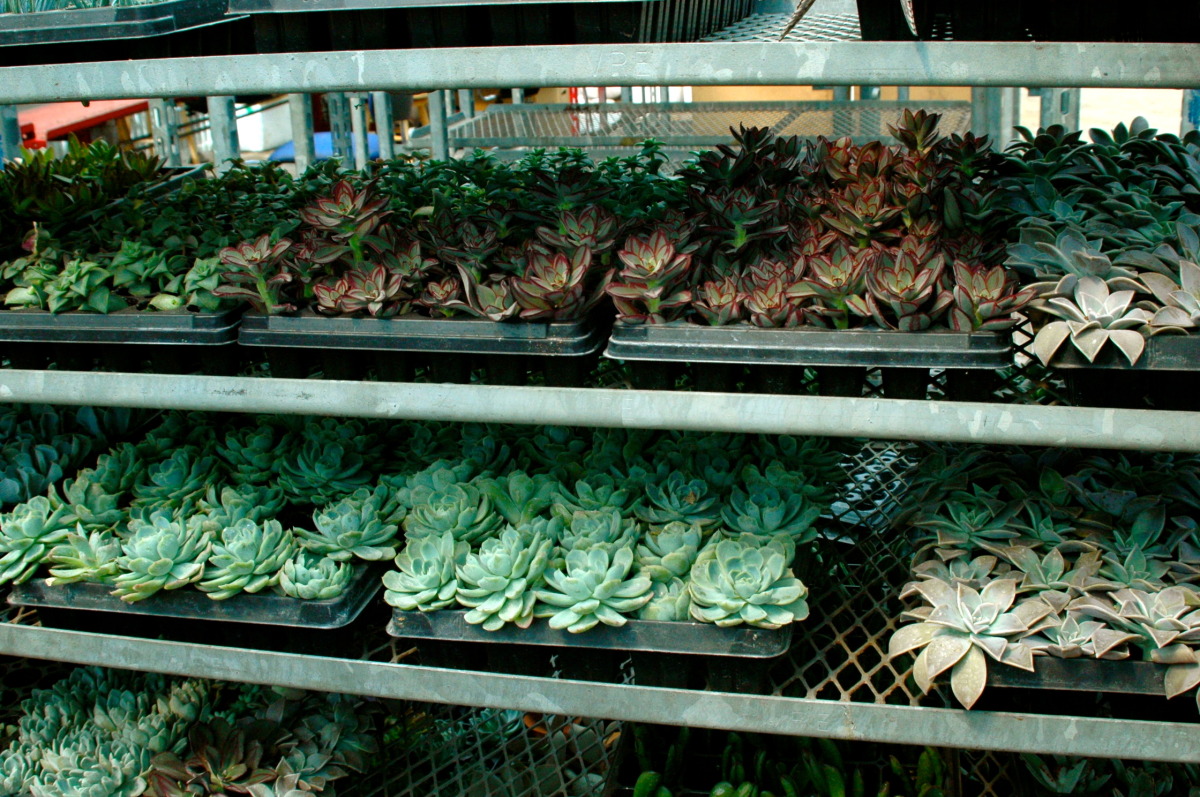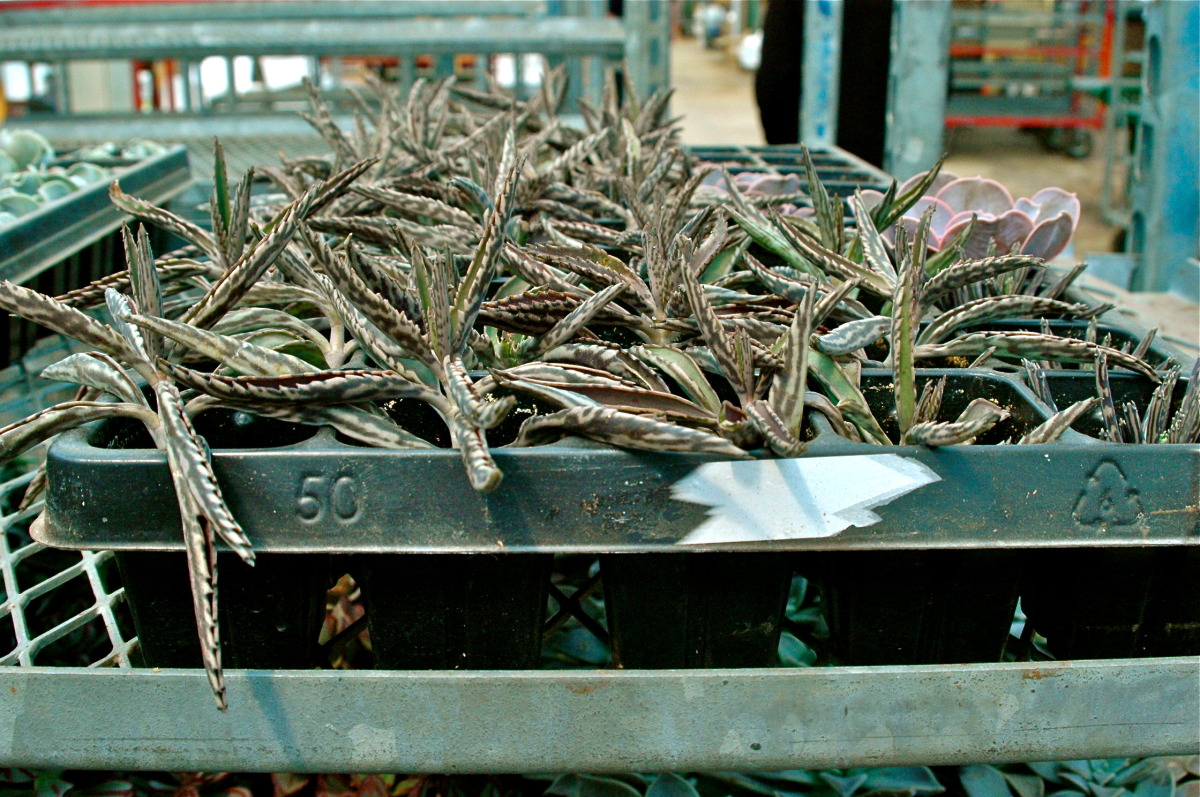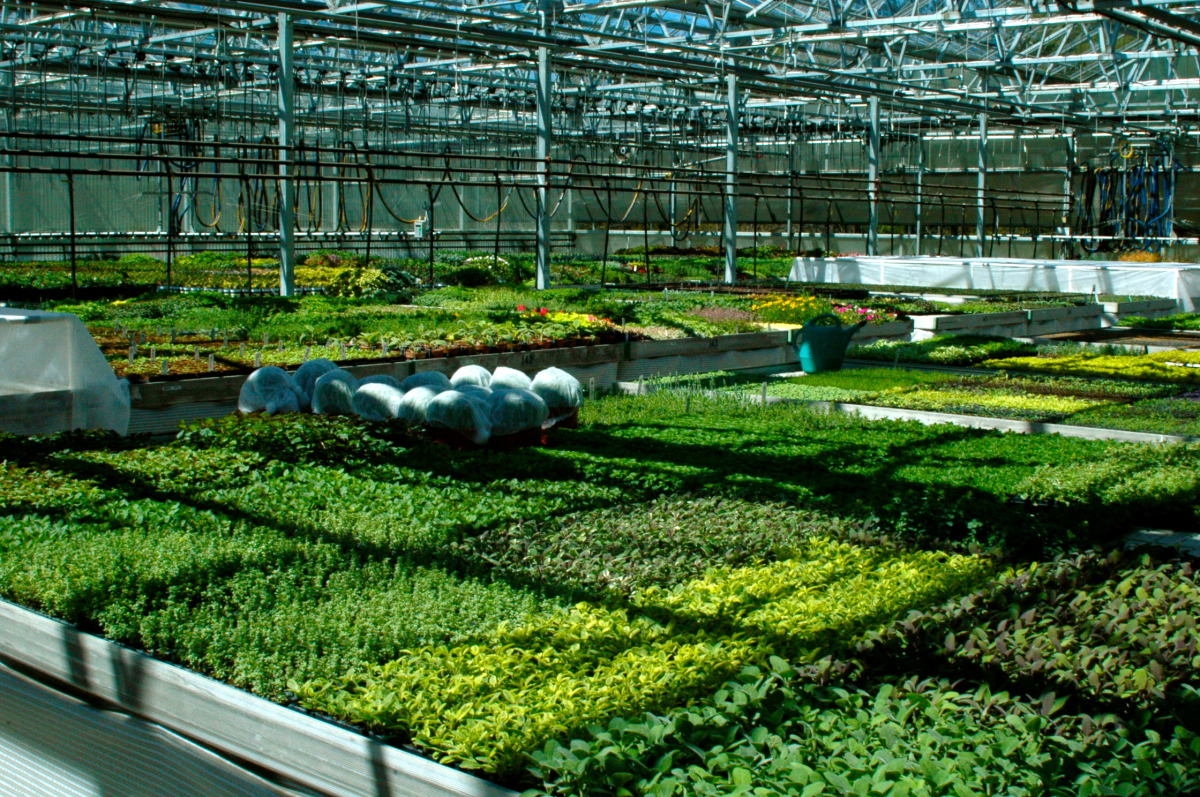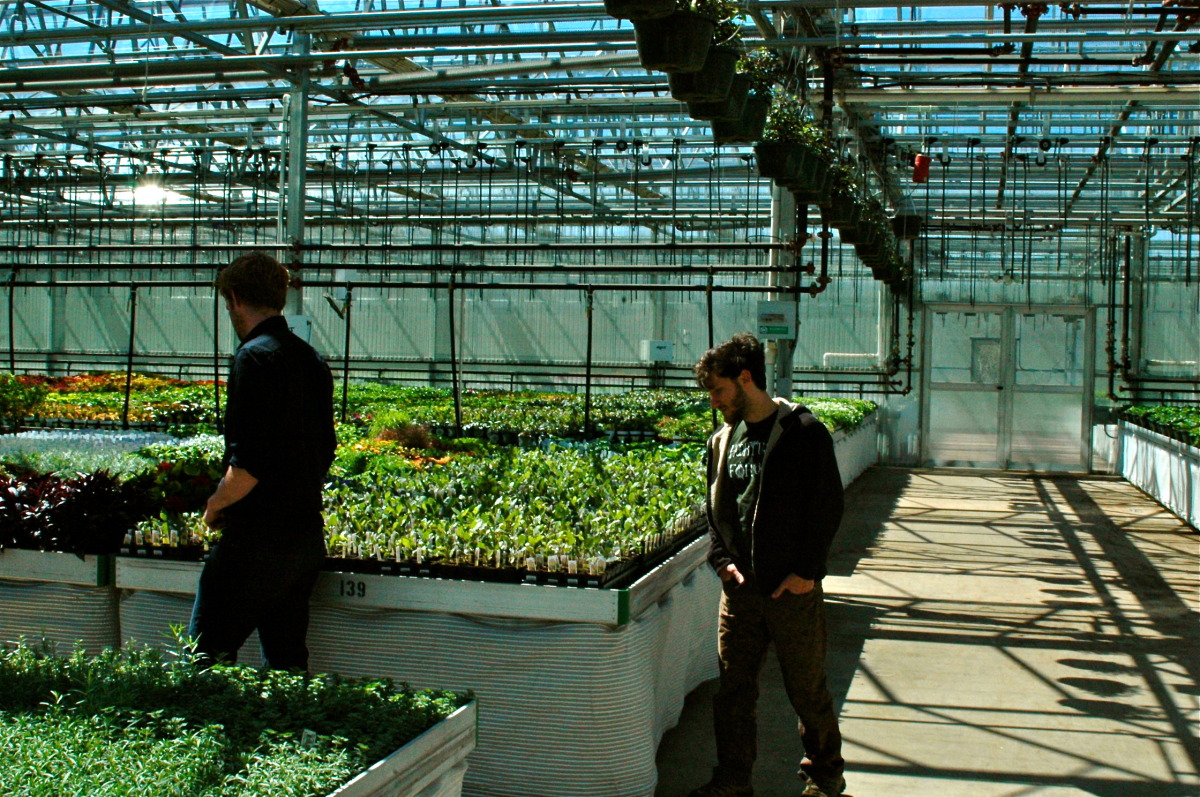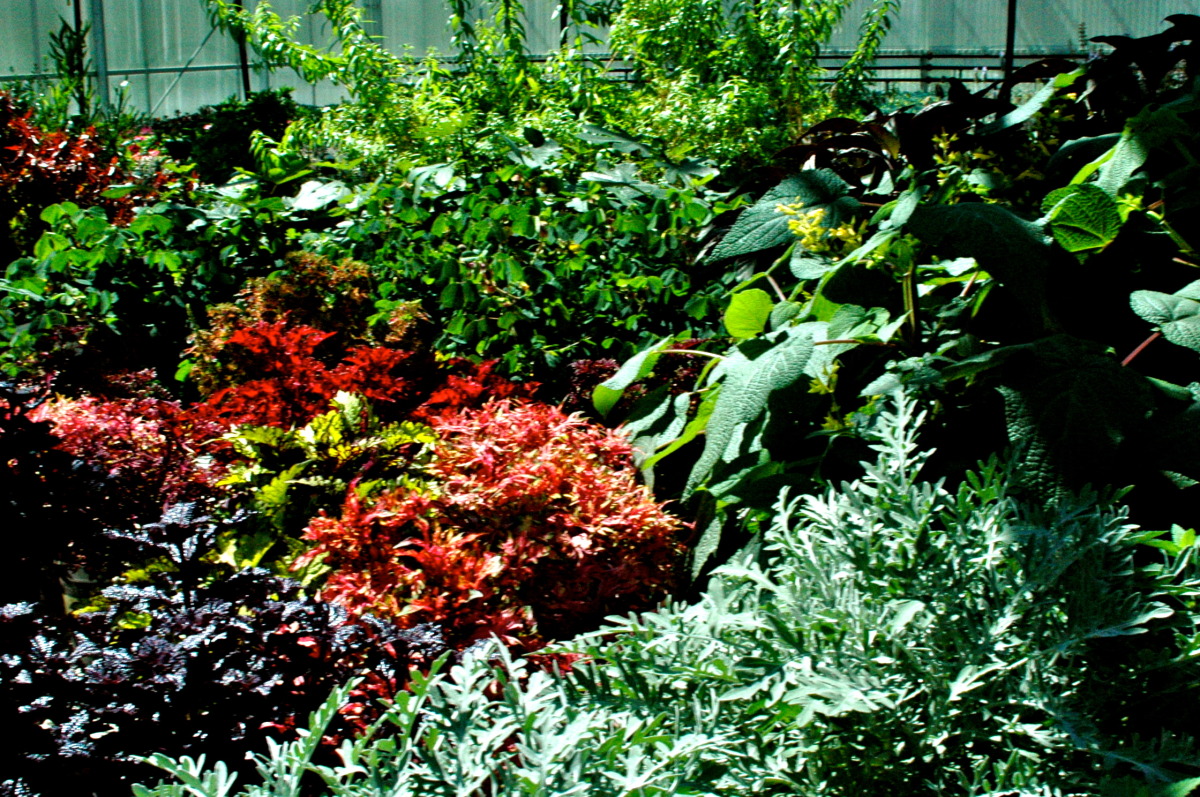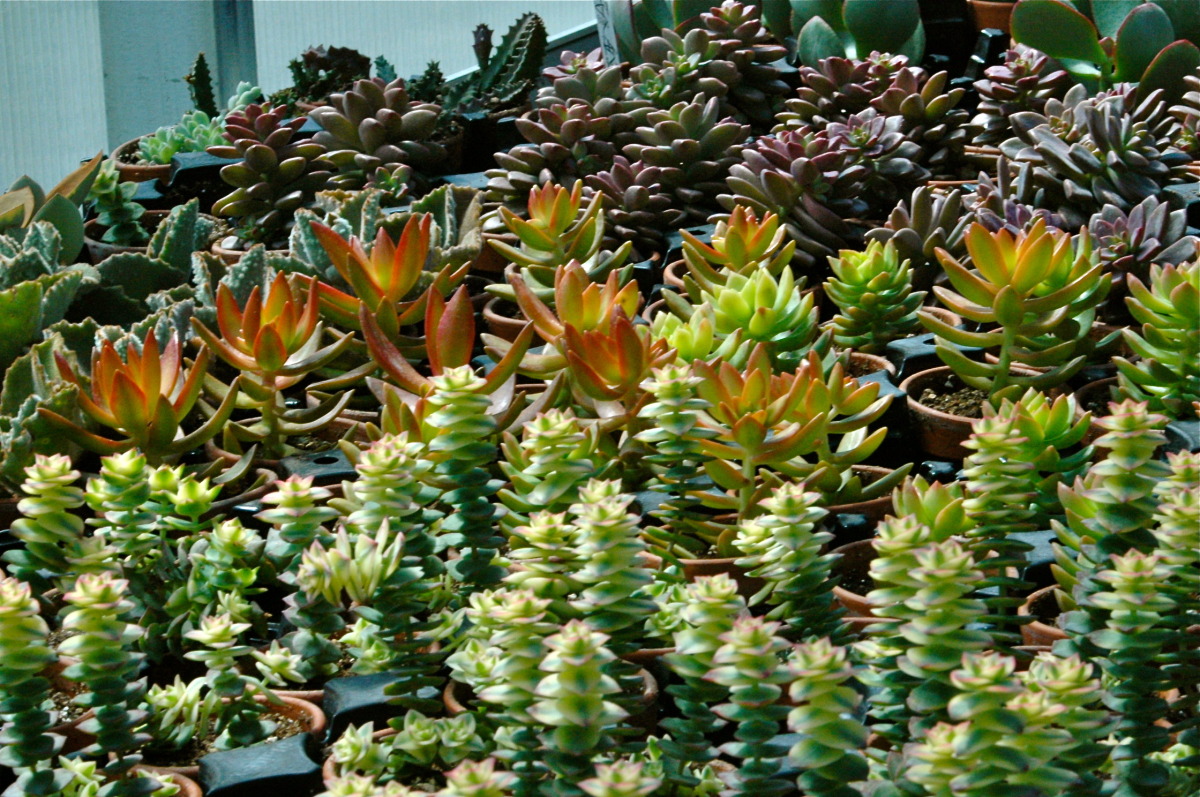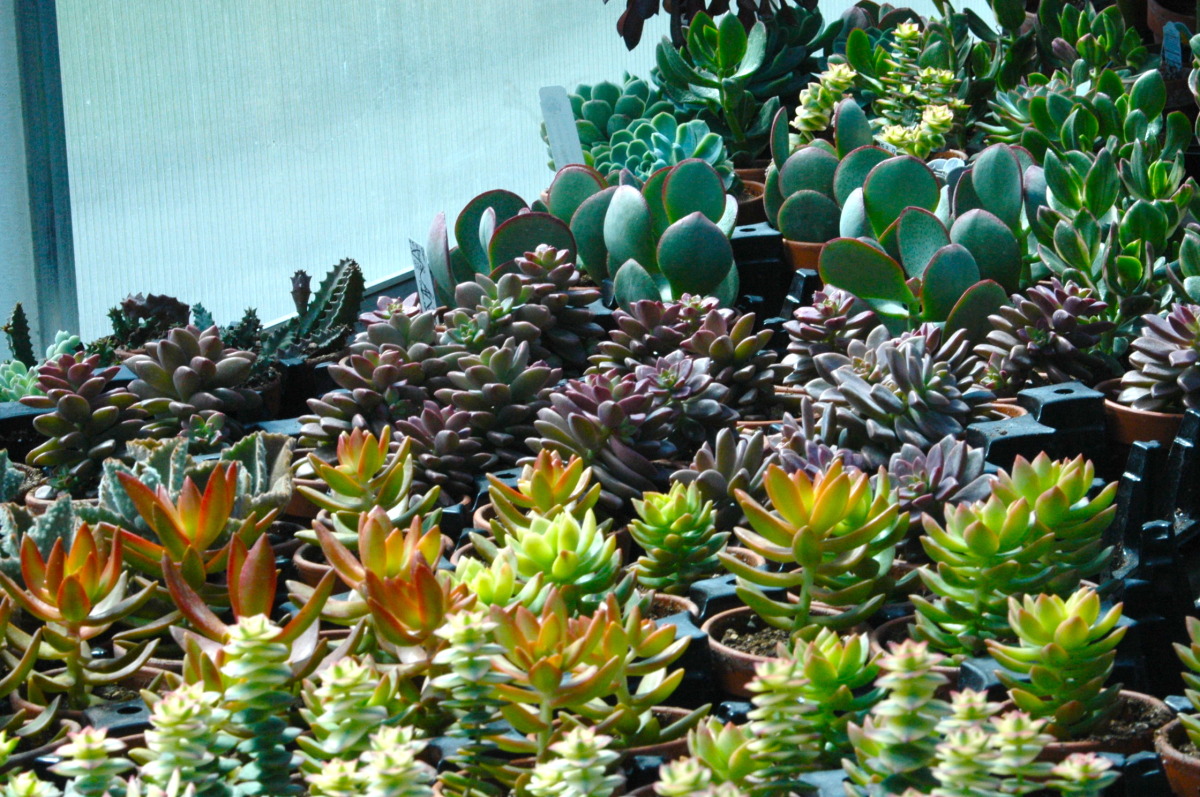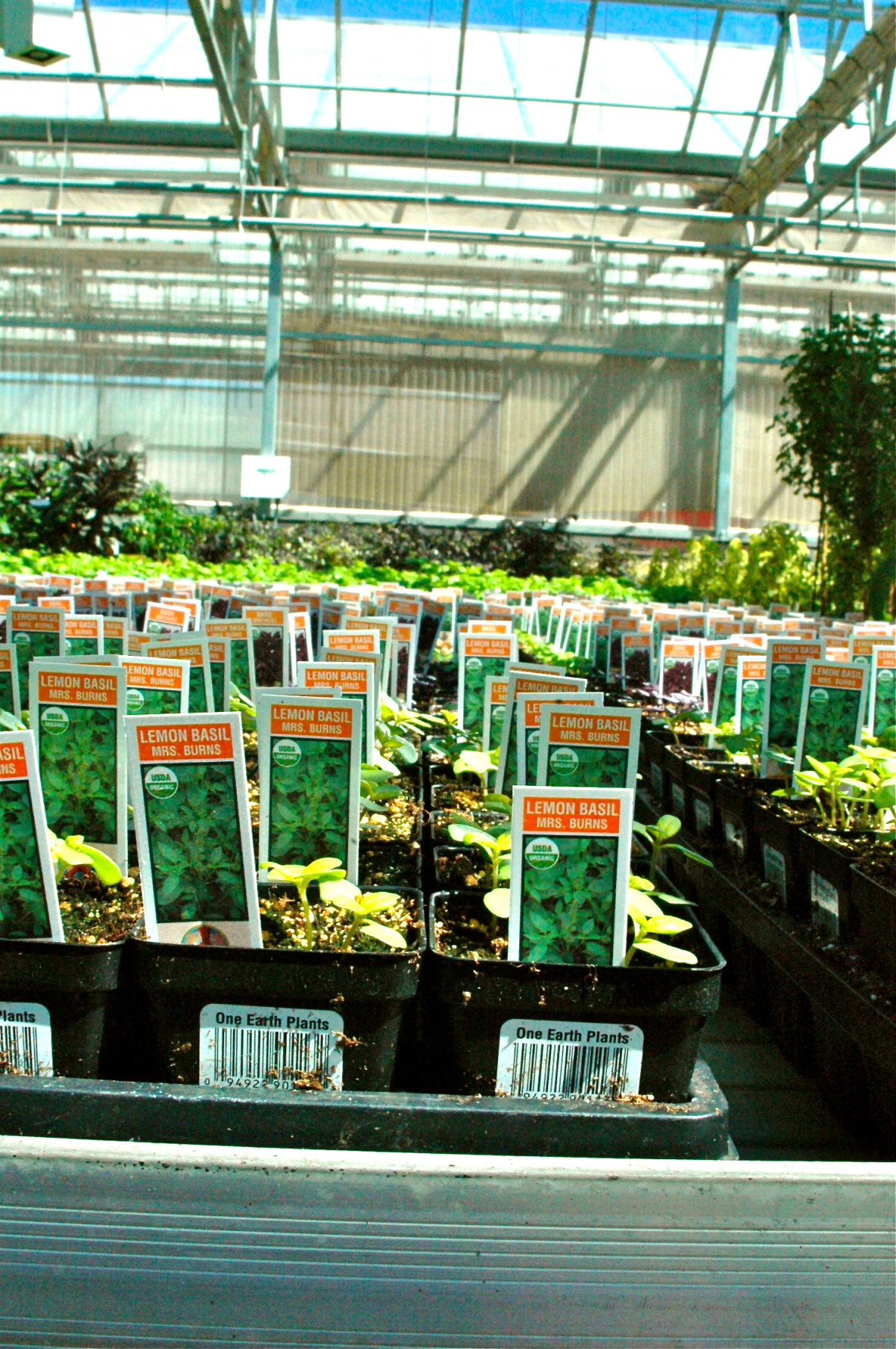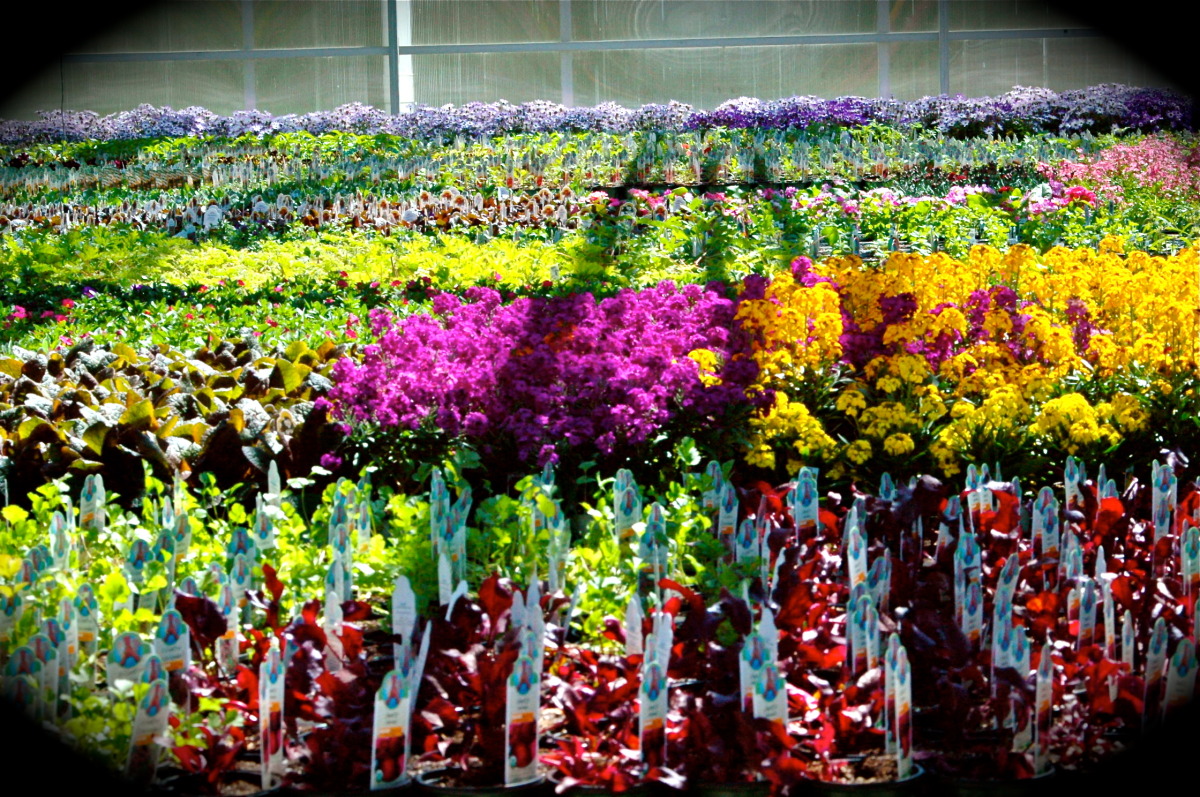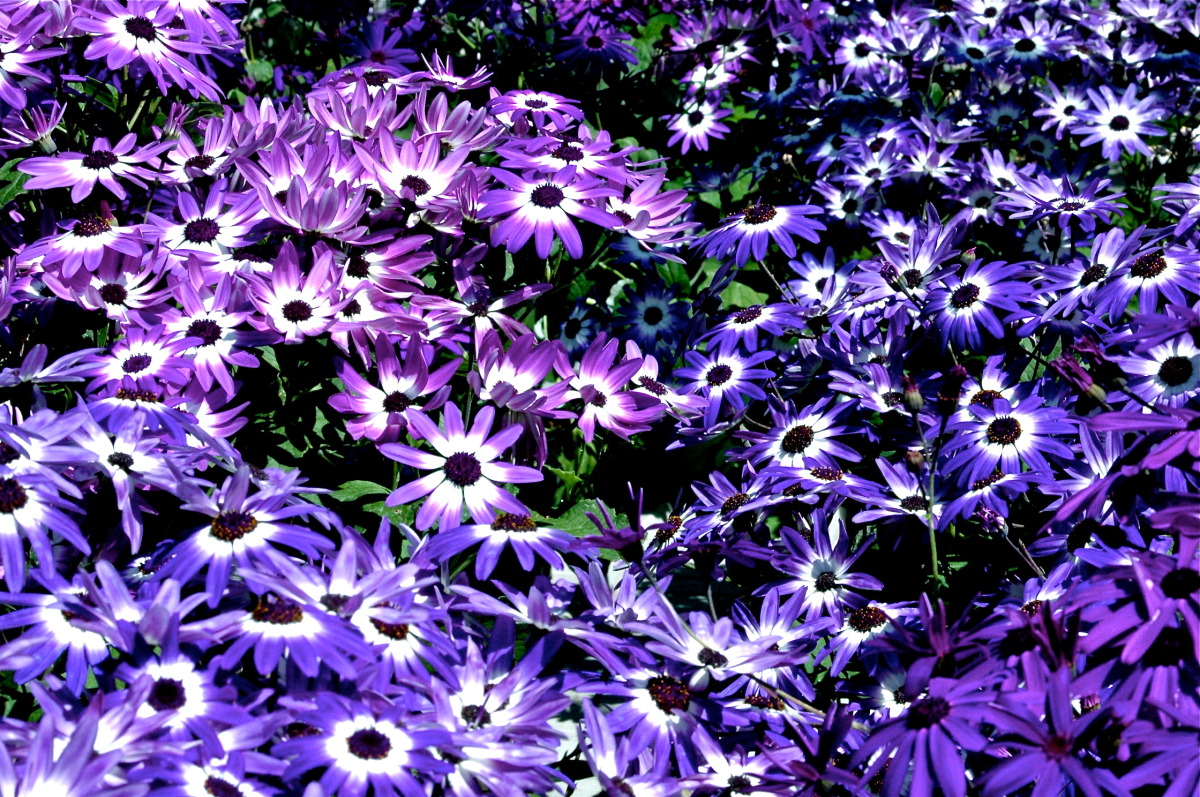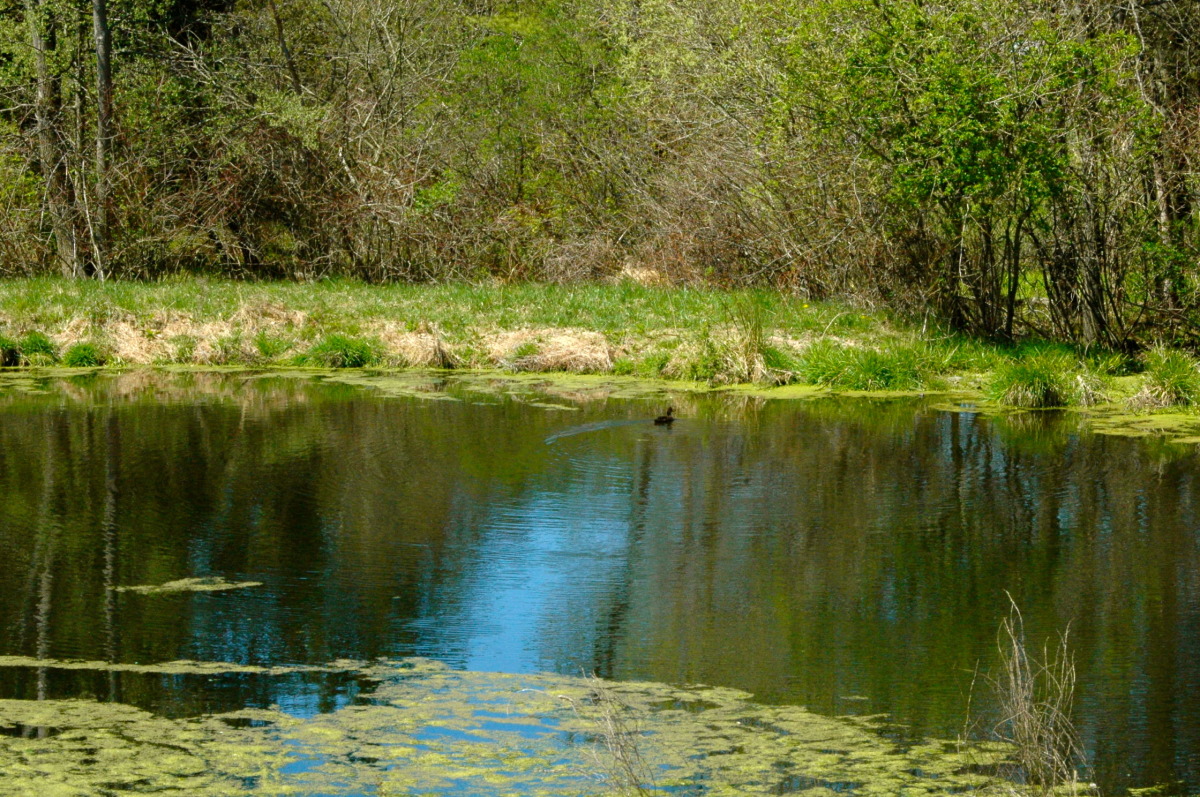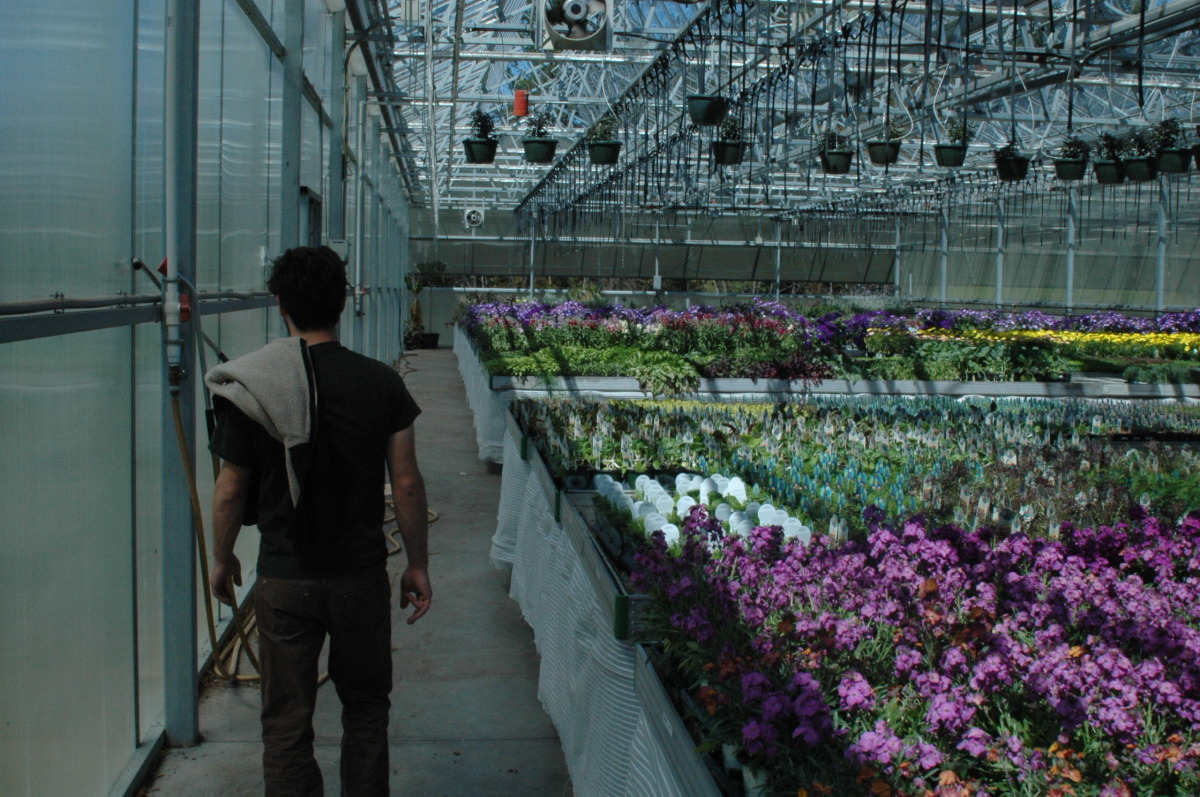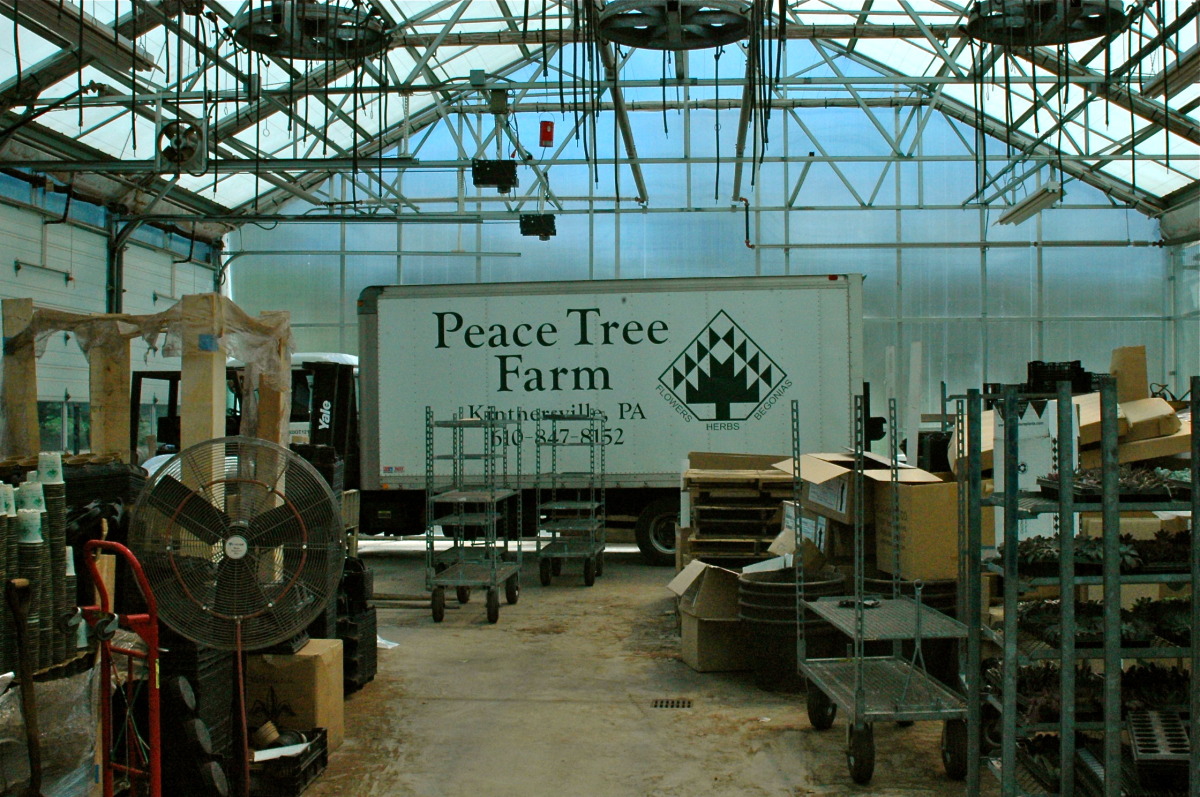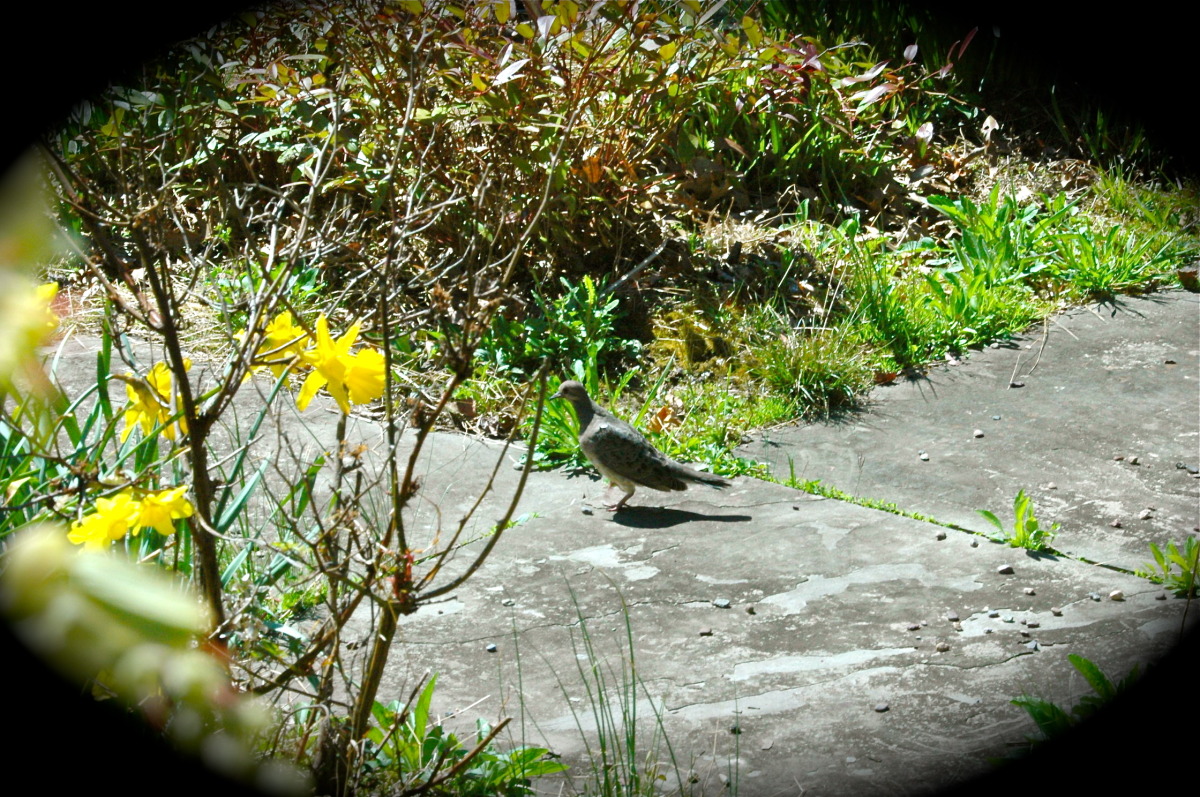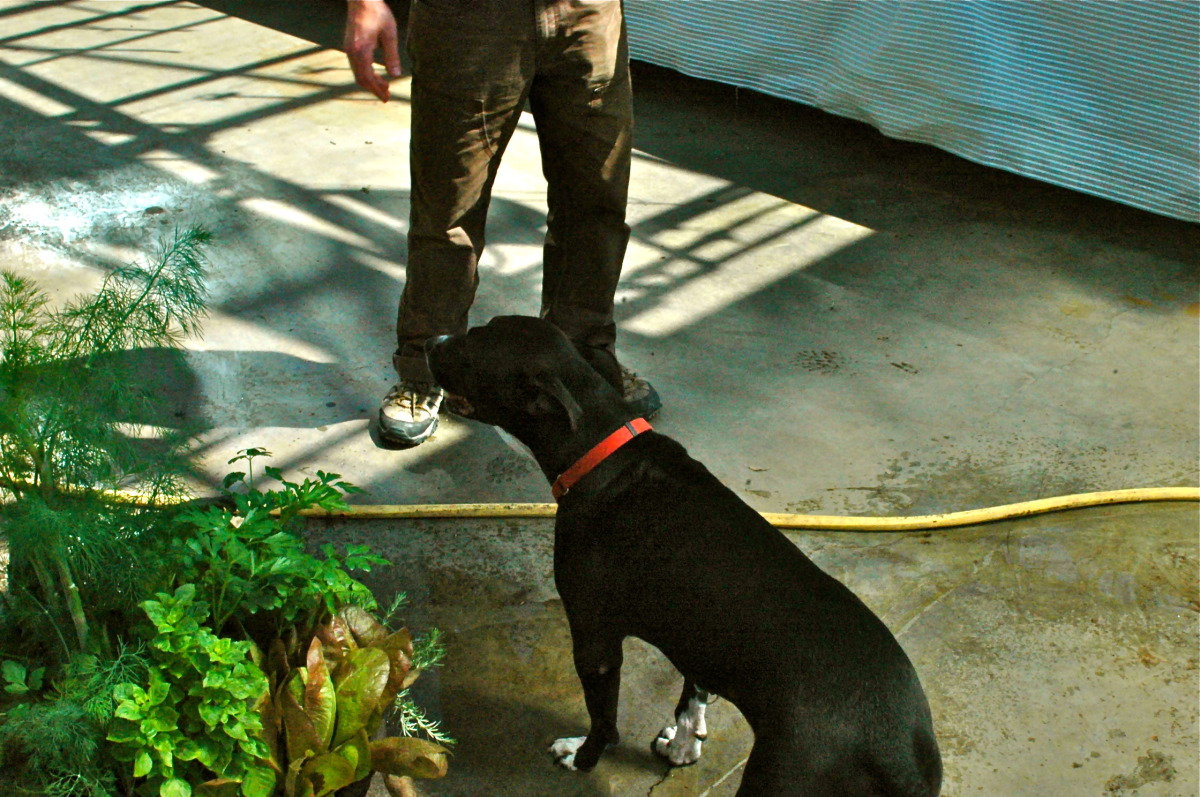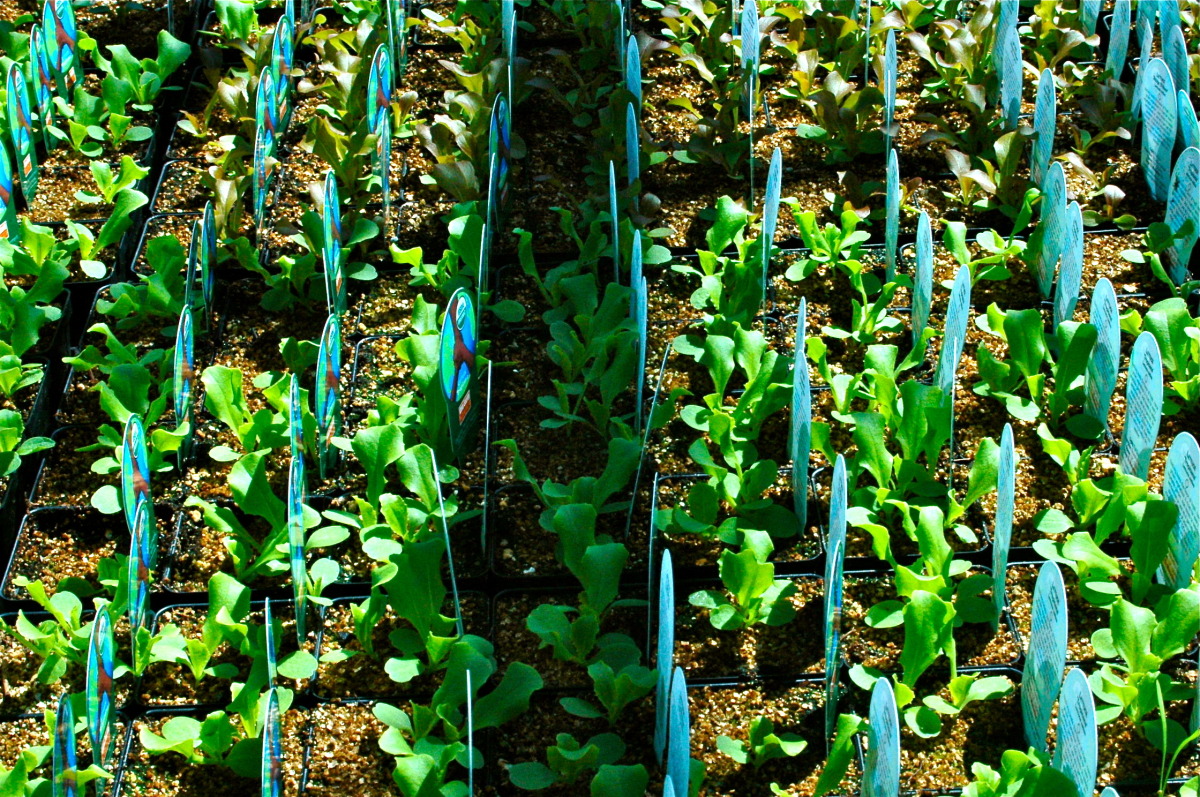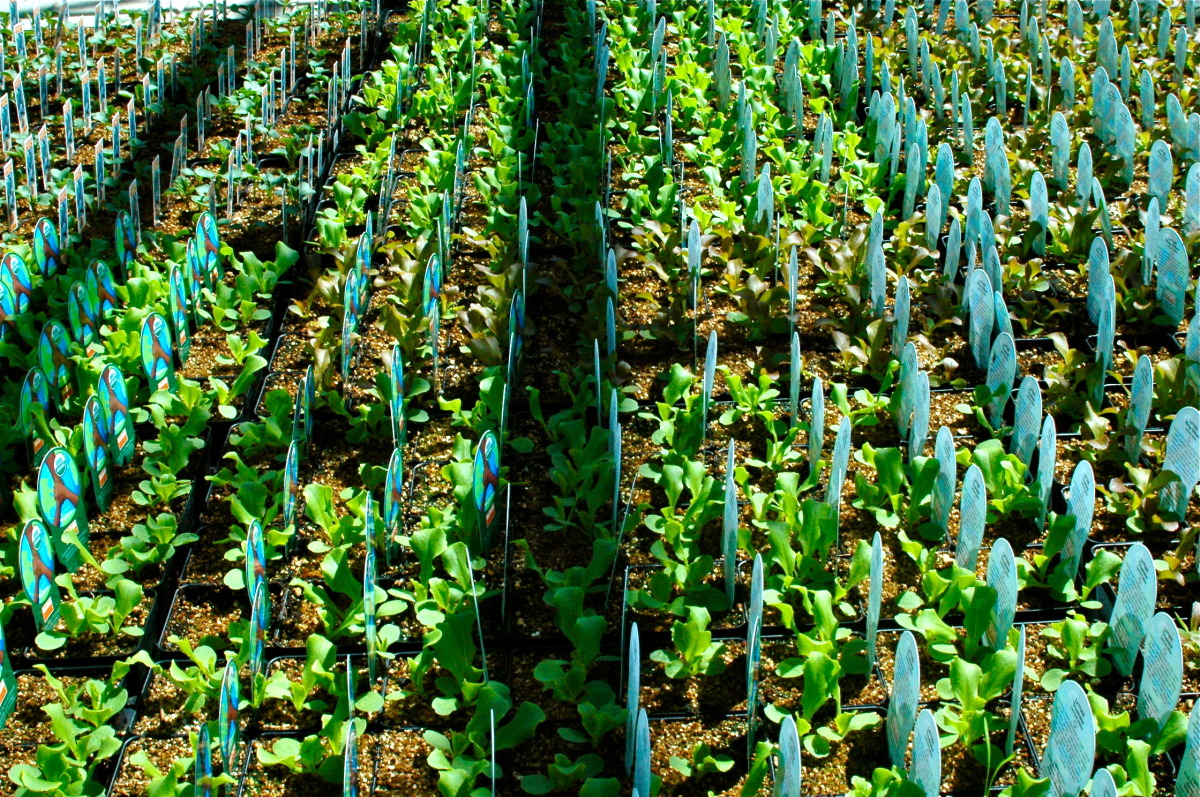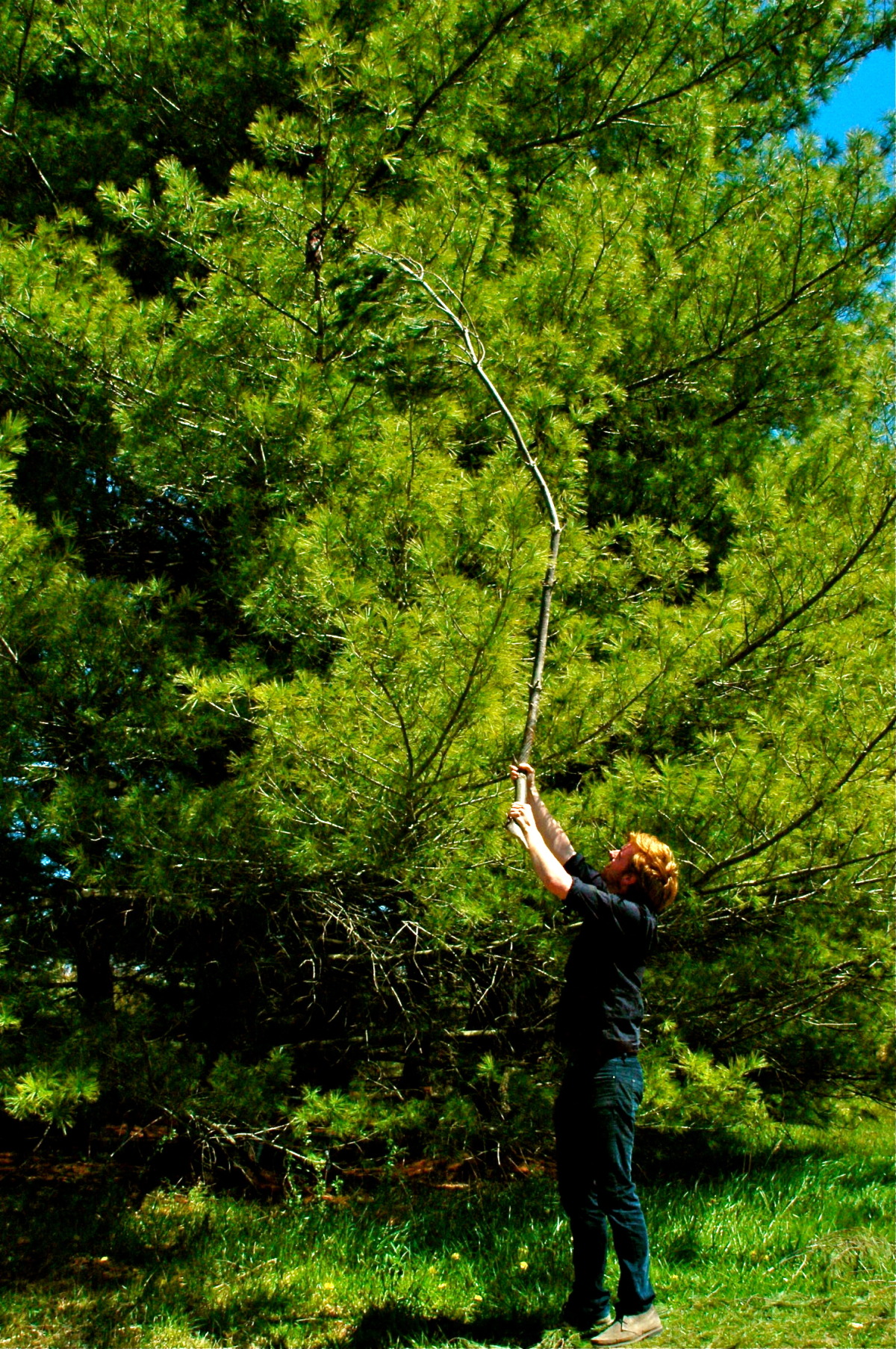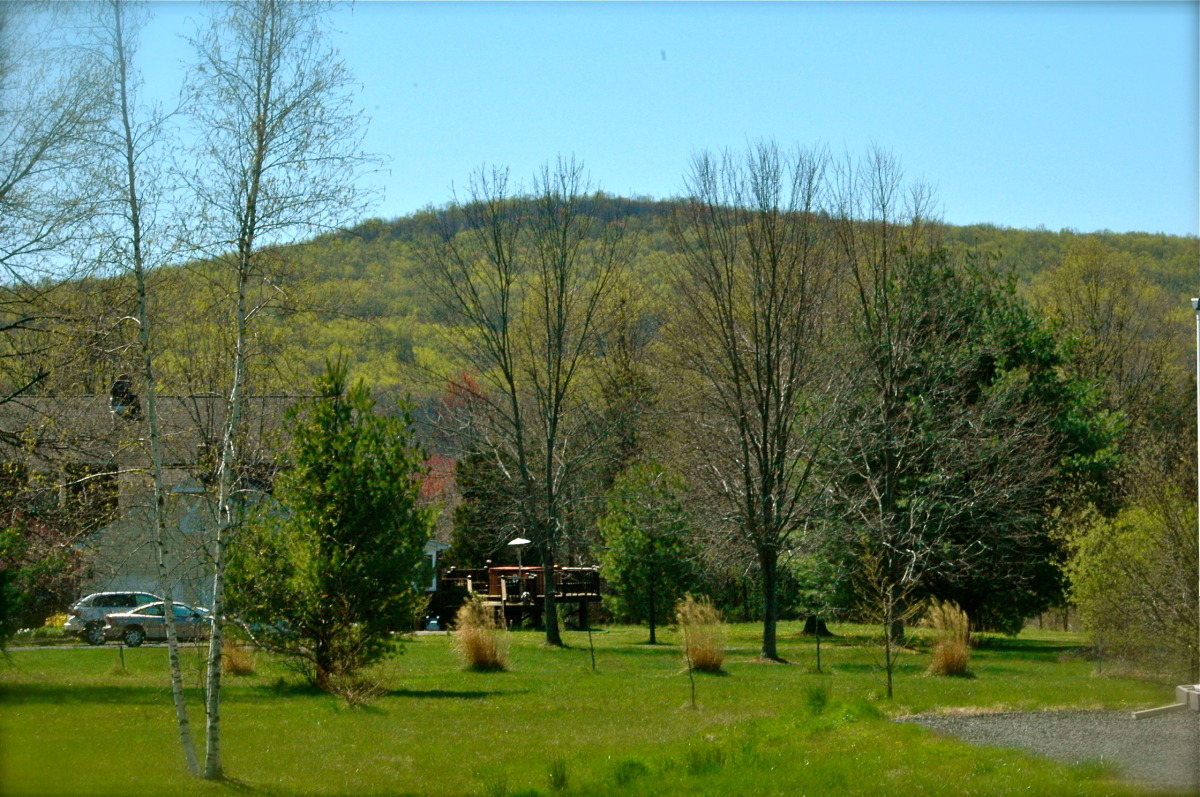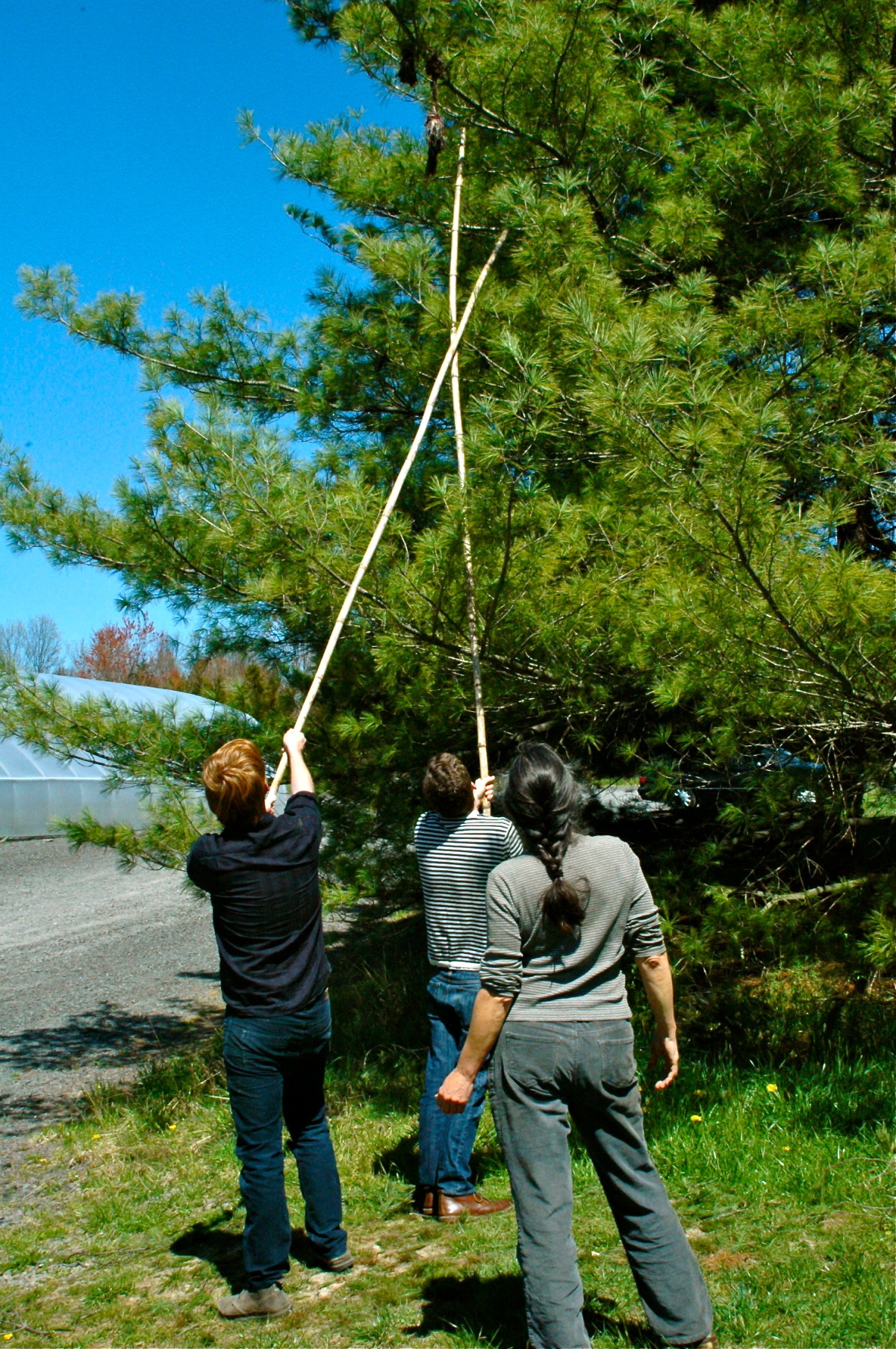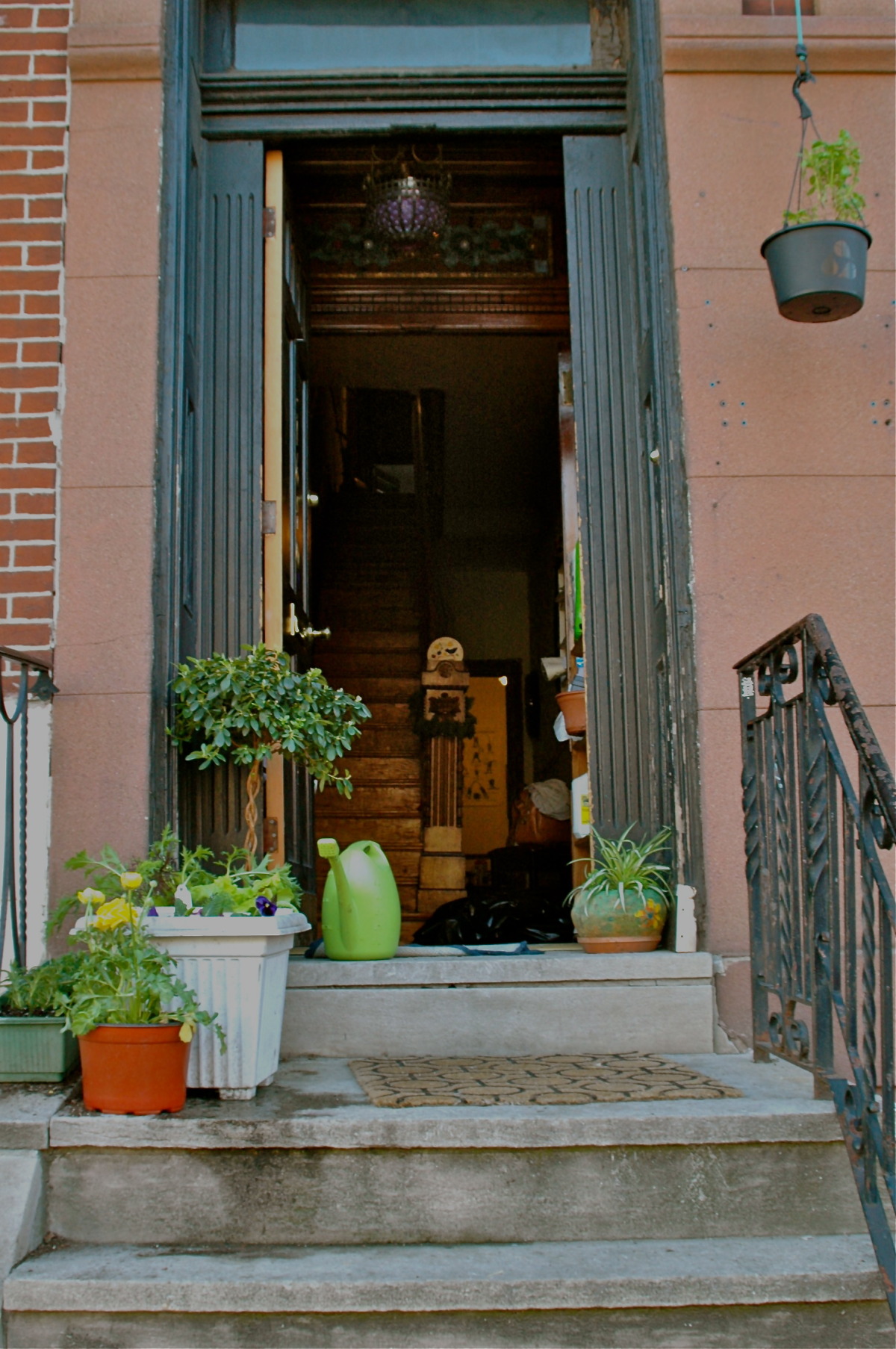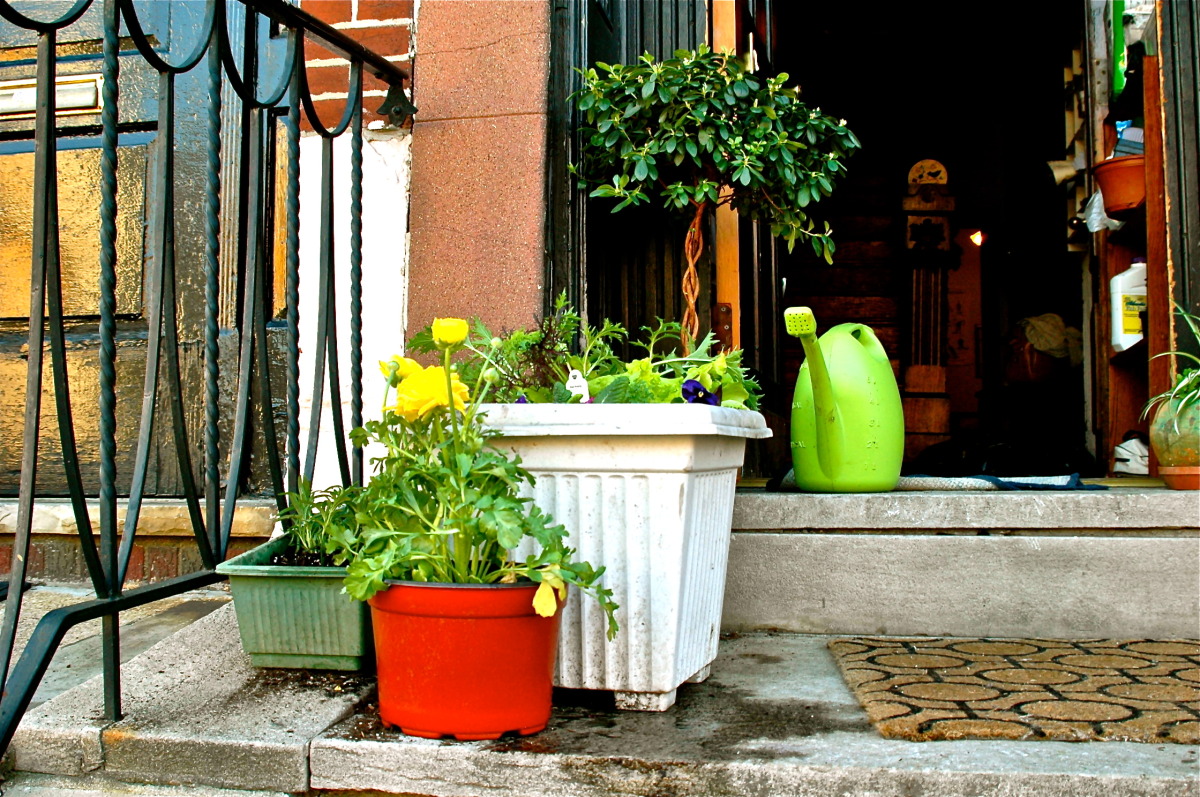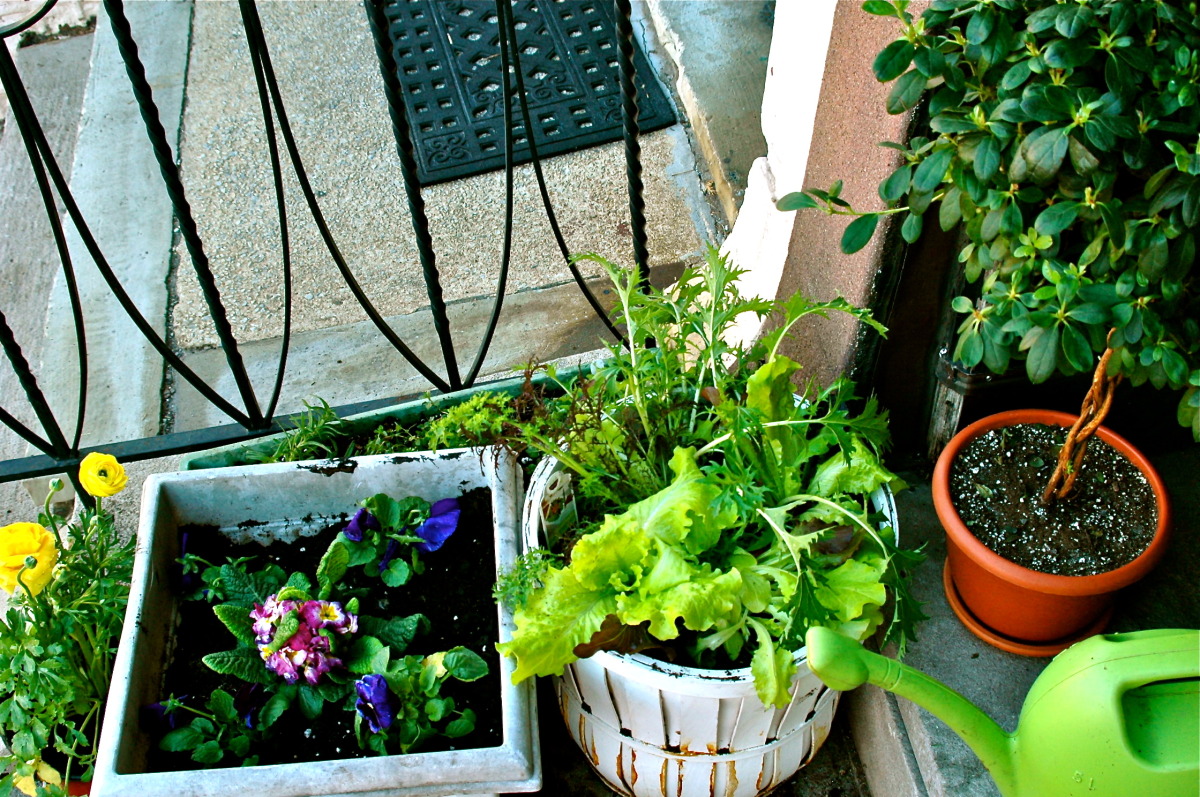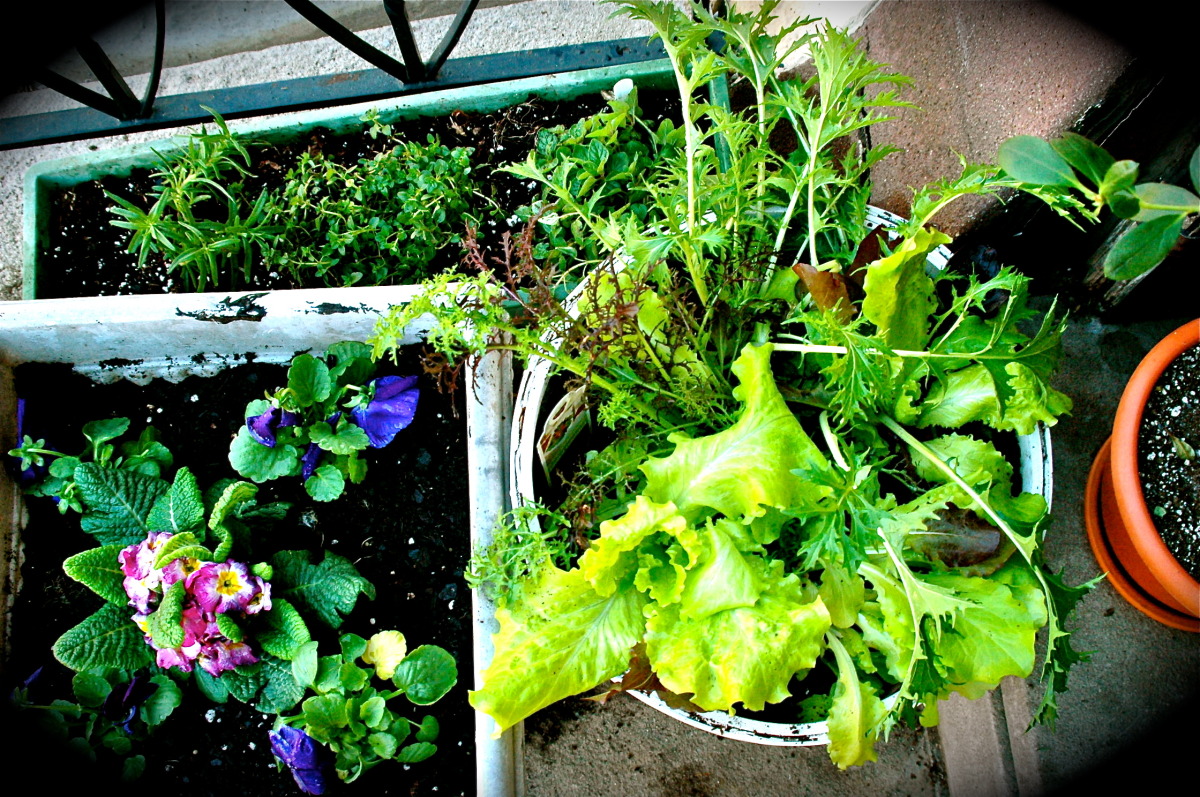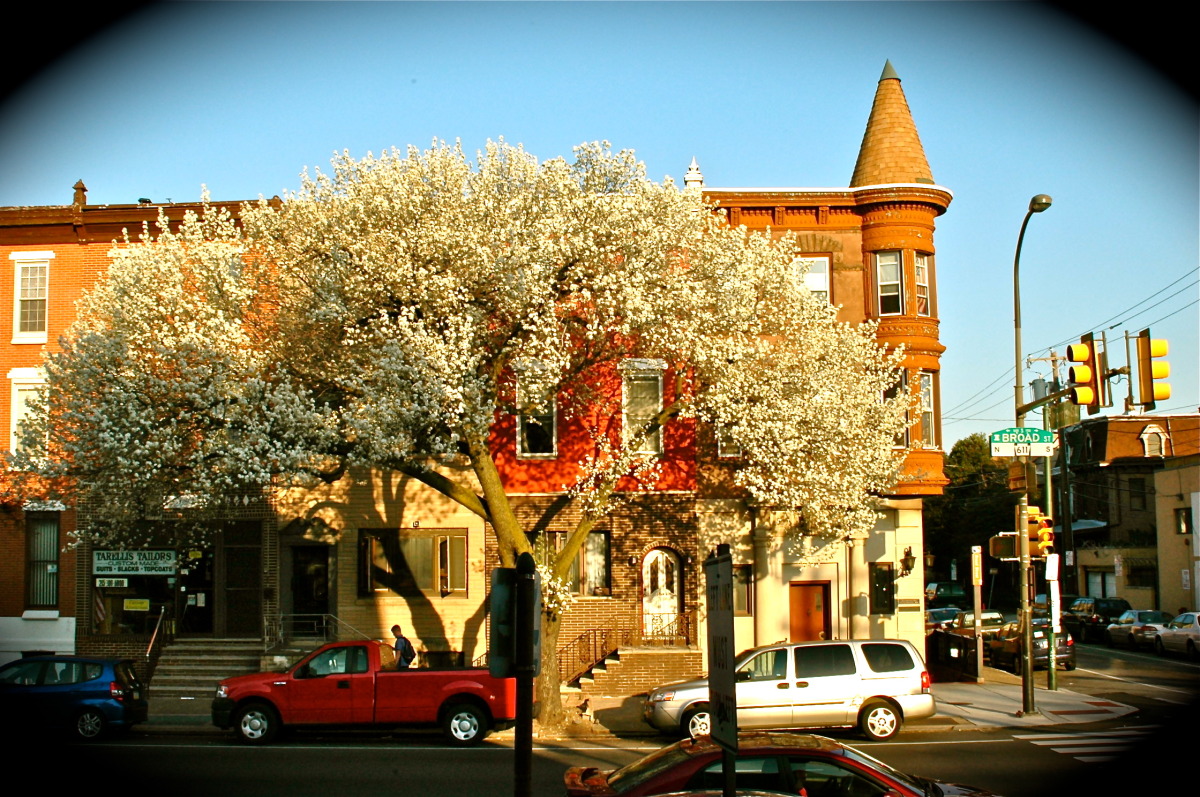Preserving food is one of my favorite facets of cooking. Not only is it a complex way to add acid or salt to a dish, but it also helps you save delicious or about-to-be spoiled vegetables. As a gardener, summer's abundance can be overwhelming, but pickling is one of the best ways to cut yourself a break, get into the kitchen, and preserve your bounty of fresh veggies. Pickling also allows you to enjoy your harvest months later, and in the late winter, is like opening a can of summer, a glimmer of hope of the next season. My better half, Greg, has been pickling since I first planted my garden, and I can take no credit for his simple and delicious pickles, as I am normally the one making jellies and jams. The combination has led to a harmonious collaboration in our pantry and led to many a yummy feast. Here Greg explains the effortless of pickling with some simple and easy-to-follow guidelines.
We Can Pickle That!
BY GREGORY DIEHL Pickles are delicious. I don't know anyone who would dispute that, and I don't think I want to. If you don't like pickles, I HATE YOU. Now that I am done alienating people, lets get to it. Making your own pickles is cheap and easy and they are usually much better than those flaccid, electric green ones that seem to be the most widely available. Furthermore, understanding the process of pickling will allow you to make pickles out of many different types of food.
Besides the great flavor it adds to foods, pickling is and always has been primarily a method of preservation. Last fall left Katie's plot at our local community garden littered with green tomatoes. We filled a shopping bag and brought them home, and the majority would have gone bad before we got around to eating them. Instead I pickled most of them, and we just opened a jar and enjoyed them earlier this winter.
There are two methods of pickling that involve two different types of brine, the liquid that preserves the vegetables. Pickling with a brine of salted water is a fermentation process that uses bacteria to create lactic acid, which then preserves and alters the flavor of the food. The other way to accomplish this is by using a brine of diluted vinegar, which is already acidic. Brining with salt is "true" pickling if you care about that sort of thing, and is also arguably tastier. Brining with vinegar, or "fresh" pickling is quicker and a bit easier, so that is a good place to start.
When you pickle in a vinegar-based brine it is best to dilute the vinegar with water, or else your pickles will be extremely sour. If your brine is too diluted though, the acidity will be insufficient to preserve the food and it won't last as long. Your pickles will also be less flavorful. As long as your brine is more than fifty percent vinegar, you should be in good shape, and it is best to stick pretty close to that ratio. I usually measure equal parts vinegar and water and then add a quick pour of vinegar to make sure I am over the fifty percent mark. You can use this ratio with any type of vinegar you please, so long as it is between four and six percent acidity (most are).
You should also add a couple tablespoons of salt for flavor, and if you have a sweet tooth feel free to add some sugar as well. To be sure that they completely dissolve in the brine, mix all of your brine ingredients in a saucepan and bring it to a boil. Any herbs, seasonings or aromatics such as onions or garlic can just be added to your jar with whatever you are pickling, and then you simply pour the hot brine in until it covers the food. Throwing a hot pepper or some flakes in the jar will make your pickles spicy. There are also many herbs and spices traditionally used for pickling, and pre-mixed pickling spices are widely available.
Pickles made in a vinegar brine will be ready in a week or so and stay good in the fridge for another 3-4 weeks. If you decide to can the pickles in a glass jar they will last for months without refrigeration, provided that you don't open the jar. I'm not gonna go into hot-water canning right now, but that may become a future post, or you can look it up here.
So there you have it- with these general guidelines you now have the power to pickle whatever the hell you want. Experiment with different types of vinegar, seasonings and vegetables, and figure out what you like. The other day I pickled carrots, and seasoned them with powdered cumin, some sliced ginger and a couple of cloves of garlic. Using the same brine, I also did some daikon with mustard seeds, a dash of sushi vinegar for the extra sweetness and a slice of poblano for some heat.











